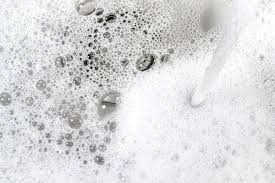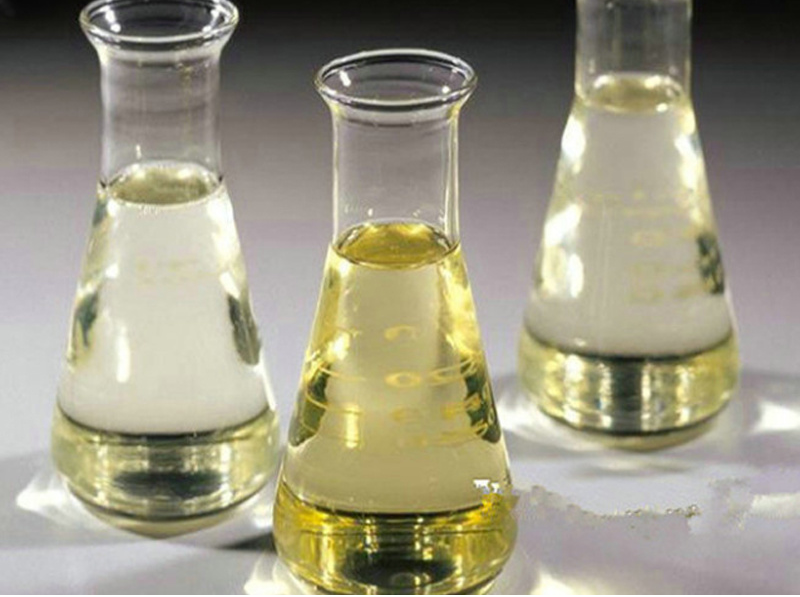1. Chemical Structure of Sodium Lauryl Sulfate
1.1 What is Sodium Lauryl Sulfate?
Salt Lauryl Sulfate (SLS), a name that reverberates in both clinical circles and consumer markets, is a flexible anionic surfactant with a fabled background. First synthesized in the 1930s, it has actually ended up being a foundation of modern hygiene and industrial chemistry. However, what exactly is SLS? At its core, it is a derivative of lauric acid, a 12-carbon fatty acid generally sourced from coconut or palm kernel oil. Through a procedure of ethoxylation and sulfonation, SLS is transformed into a substance with the ability to decrease surface stress between substances, making it essential in products ranging from hair shampoos to commercial detergents.
The term Sodium Lauryl Sulfate might sound facility, but its significance hinges on its ability to emulsify, frothing, and clean. This triple risk has actually sealed its duty as a workhorse in the chemical market. Yet, its ubiquity has actually additionally stimulated arguments regarding its safety and security and ecological impact, which we will certainly discover later in this write-up.
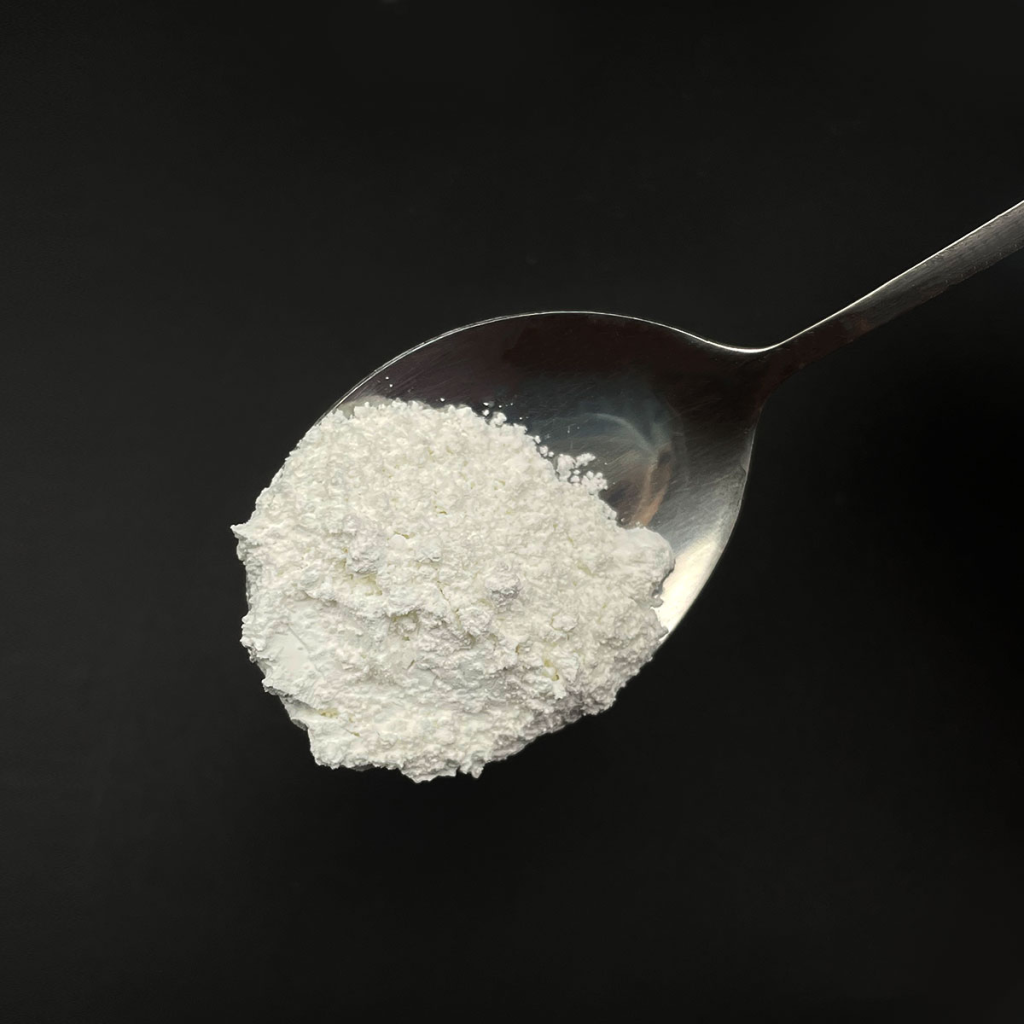
1.2 What is the chemical framework of Salt Lauryl Sulfate?
The molecular framework of SLS is a masterclass in chemical efficiency. Its formula, C₁₂H₂₅NaO₄S, discloses a hydrophilic head group (sulfate) and a hydrophobic tail (lauryl chain). This dual nature enables SLS to serve as a bridge between water and oils, enabling it to lift dust and oil from surfaces. The sulfate group, negatively charged, interacts with water particles, while the lauryl chain binds to nonpolar materials like sebum or grime.
This amphiphilic structure is not just a chemical inquisitiveness– it’s the engine behind SLS’s efficacy. By disrupting the interfacial stress between materials, SLS produces micelles that catch contaminants and rinse them away. Nevertheless, this same building can strip natural oils from the skin, resulting in dry skin and irritability that have actually made SLS a debatable component in individual care products.
2. Core attributes of Sodium Lauryl Sulfate
2.1 What are the physical and chemical properties of Sodium Lauryl Sulfate?
SLS flaunts an impressive set of physical and chemical properties that validate its widespread use:
High Foaming Capacity: SLS produces rich, stable lather, enhancing the sensory experience of items like hair shampoos and toothpaste.
Strong Detergency: Its capacity to emulsify oils makes it optimal for removing stubborn stains and deposits.
Thermal Stability: SLS remains efficient across a vast temperature array, from cold soaps to high-temperature industrial cleansers.
Low Cost and Scalability: Its production process is streamlined, enabling manufacturers to incorporate it right into solutions at a fraction of the cost of alternatives.
Chemically, SLS is nonvolatile and soluble in water, though its solubility decreases in hard water due to interactions with calcium and magnesium ions. This has caused the growth of crossbreed surfactants (e.g., SLES– Sodium Laureth Sulfate) to reduce solidity concerns.
2.2 What are the functional characteristics of Sodium Lauryl Sulfate?
Past its fundamental cleansing action, SLS functions as a multifunctional active ingredient in formulas:
Thickness Modulator: Including SLS to remedies increases viscosity, enhancing item texture and user experience.
Solubilizer: It liquifies hydrophobic substances, making it possible for the development of clear, secure fluid items.
Dispersant: SLS stops fragments from clumping, guaranteeing even distribution in suspensions like creams or paints.
These functional attributes make SLS a foundation of contemporary chemistry, though ecoconscious alternatives significantly challenge its supremacy.
| Parameter | Specification |
| Appearance | White powder or flake-like crystalline solid |
| Density | 1.0–1.1 g/cm³ (at 25°C) |
| Melting Point | 200–220°C (decomposes) |
| Boiling Point | Not applicable (decomposes before boiling) |
| pH (1% aqueous solution) | 6.0–10.0 (depending on formulation) |
| Solubility in Water | Highly soluble (~100 g/100 mL at 25°C) |
| Solubility in Organic Solvents | Poorly soluble in non-polar solvents (e.g., hexane); soluble in polar solvents (e.g., ethanol) |
| Vapor Pressure | Negligible (solid form) |
| Flash Point | Not applicable (non-flammable solid) |
| Hygroscopicity | Moderately hygroscopic |
3. A Comprehensive Analysis Of The Reality Concerning Salt Lauryl Sulfate On The Skin
The argument over SLS and skin health and wellness is as polarizing as it is persistent. On one hand, its foaming and cleansing power is unmatched; on the other, its prospective to irritate sensitive skin can not be overlooked. Let’s dissect the fact with a balanced lens.
3.1 The Scientific Research of SLS and Skin Interaction
SLS jobs by interfering with the lipid barrier of the stratum corneum, the skin’s outermost layer. While this successfully removes dust and oil, it can also strip away essential ceramides and dampness, resulting in dryness, rigidity, and soreness. Research studies reveal that long-term exposure to SLS– even at reduced concentrations (0.5%)– can cause significant inflammation in people with dermatitis or psoriasis.
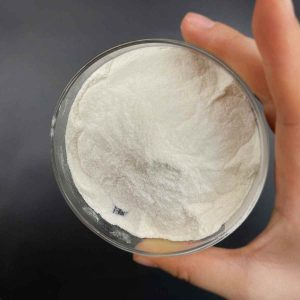
3.2 The Controversy: Misconception vs. Fact
Doubters often cite SLS’s potential to launch carcinogens like 1,4-dioxane during production. Nevertheless, trusted regulative bodies such as the FDA and the EU’s SCCS affirm that correctly detoxified SLS poses no considerable danger to consumers. Similarly, assertions that SLS triggers hair loss or body organ toxicity are largely in need of support by a peer-reviewed study.
3.3 The Decision
SLS is not naturally unsafe, but its viability depends upon individual skin type and the item’s formula. For most people, occasional use of SLS-containing items is risk-free. However, those with compromised skin barriers must go with mild alternatives like decyl glucoside or cocoglucoside.
4. Advantages and downsides of Sodium Lauryl Sulfate
4.1 What are the benefits of Sodium Lauryl Sulfate?
Unparalleled Cleansing Power: SLS’s capability to remove dust, oil, and crud makes it a gold standard in detergents and cleansers.
Cost-Effective: Its reduced production cost allows manufacturers to provide high-performance items at affordable rates.
Secure Efficiency: SLS preserves effectiveness in a selection of problems, from chilly soaps to industrial degreasers.
Versatile Formula: It blends seamlessly right into gels, foams, and lotions, boosting appearance and use.
4.2 What are the disadvantages of Sodium Lauryl Sulfate?
Skin Irritation: Its hostile cleansing activity can strip natural oils, causing dryness, soreness, and sensitivity.
Ecological Issues: SLS can persist in waterways, harming water life. While naturally degradable, its byproducts (e.g., lauric acid) might build up in ecological communities.
Honest Problems: Traditional sourcing of palm oil raises concerns about deforestation and labor practices.
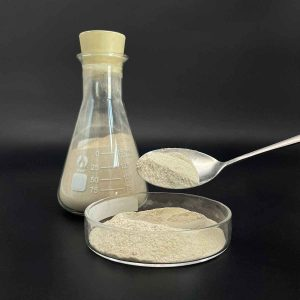
5. What are the application locations of Sodium Lauryl Sulfate?
SLS’s universal energy spans industries as varied as:
Personal Treatment: Shampoos, body washes, and toothpaste depend on SLS for their lathering and cleansing properties.
House Cleaners: From dish soap to washing detergent, SLS deals with grease and discolorations with unparalleled performance.
Industrial Applications: It’s an essential component in metalworking fluids, paint thinners, and pharmaceutical excipients.
Food Sector: SLS is utilized in food processing devices to ensure hygiene and avoid microbial contamination.
Notably, SLS is additionally an essential ingredient in medical gadgets, where its capability to sanitize surfaces is utilized without endangering sterility.
6. Environmental and safety efficiency of Sodium Lauryl Sulfate
The ecoconscious movement has placed SLS under analysis, yet progression is underway:
Biodegradation: SLS breaks down into lauric acid and sulfate, both of which normally take place and are safe.
Eco-friendly Chemistry Innovations: Manufacturers are adopting catalytic procedures to decrease energy intake and byproduct generation.
Sustainable Sourcing: Businesses are moving to RSPO-certified hand oil to mitigate logging risks.
From a safety point of view, SLS is managed internationally. The Aesthetic Ingredient Review (CIR) Panel in the U.S. and the European Commission’s Scientific Committee on Consumer Safety and Security (SCCS) have both concluded that SLS is safe for use in cosmetics at concentrations up to 50%, provided it is appropriately formulated and tested.
7.Verdict
Salt Lauryl Sulfate is a double-edged sword– a wonder of chemical design with essential advantages and inevitable drawbacks. For the vast bulk of customers, it remains a dependable active ingredient when used properly. Nonetheless, its restrictions emphasize the requirement for ingenious choices and more stringent industry criteria. As the globe favors sustainability and customized treatment, the future of SLS depends on strategic reformulation and eco-friendly techniques.
Supplier
Surfactant is a trusted global Sodium Lauryl Sulfate supplier & manufacturer with over 12 years experience in providing super high-quality surfactant and relative materials. The company export to many countries, such as USA, Canada,Europe,UAE,South Africa, etc. As a leading nanotechnology development manufacturer, surfactanthina dominates the market. Our professional work team provides perfect solutions to help improve the efficiency of various industries, create value, and easily cope with various challenges. If you are looking for Sodium Lauryl Sulfate, please send an email to: nanotrun@yahoo.com
Tags: sodium laureth sulfate,shampoo without sodium lauryl sulfate,sodium lauryl ether sulfate

